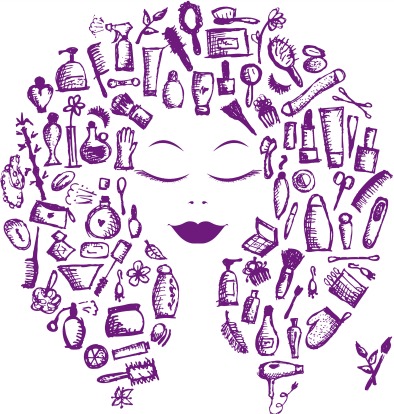With the huge wave of beauty ambassadors promoting various brands on social media, it’s difficult to know the difference between paid sponsorship reviews and true opinions. And when we don’t get real reviews of products, we can fall into the trap of buying hair products that contain ingredients that are actually not so great for the health of our hair. Next time you go shopping, make sure read the labels thoroughly and avoid any products that list one or more of these ingredients.
- Cocoamide DEA, TEA, or MEA (monoethanolamine, diethanolamine, and triethanolamine)
Cocoamide DEA, TEA, and MEA are harsh chemical foaming agents found in many commercial soaps, shampoos, body washes, and other cosmetics. These ingredients are categorized as Ethanolamines, which are colorless ammonia chemical compounds used to break down surface tension that allows soluble and non-soluble liquids to become coherent. Similar to sodium lauryl/laureth sulfate, Cocoamide DEA, TEA, and MEA, this is a harsh, drying agent that can cause itchy scalp and dandruff.
- Sodium lauryl/laureth sulfate
Sodium lauryl/laureth sulfate is a cleaning agent commonly found in inexpensive commercial shampoos, soaps, body washes, and regular household cleaners. Sodium lauryl/laureth sulfate is a highly concentrated detergent which will get your hair squeaky clean, but will also lead to scalp irritations.
- Cocamidopropyl betaine
Similar to Cocoamide DEA, TEA, or MEA, Cocamidopropyl betaine is a foam booster used in cleansing products for oral care (toothpaste), skin care (body washes and hand soaps), and baby and infant care (baby cleansing wipes). This chemical agent is specifically designed to give more of a “slip” and produce a foamy consistency. Although it does not have the same chemical structure as detergents, sodium lauryl/laureth sulfate and cocoamide DEA, TEA, or MEA, cocamidopropyl betaine is a chemical that is derived from coconut oil, which gets mistaken as an all-natural ingredient. Some of the adverse effects of Cocamidopropyl betaine are allergic reactions to the scalp and inflammation (dermatitis).
How to Treat and Heal Your Scalp After Using A Product with One of These Ingredients
- Use hypoallergenic hair products such as anti-itch and anti-dandruff shampoos that do not contain sulfates and parabens. Consider Nizoral, an anti-itch and dandruff shampoo to help cleanse and free the scalp of product build up.
- Use natural calming essential oils such as lavender in an DIY scalp oil
- Thoroughly clean your scarves , bonnets, and pillowcases in detergents and soaps for sensitive skin.










